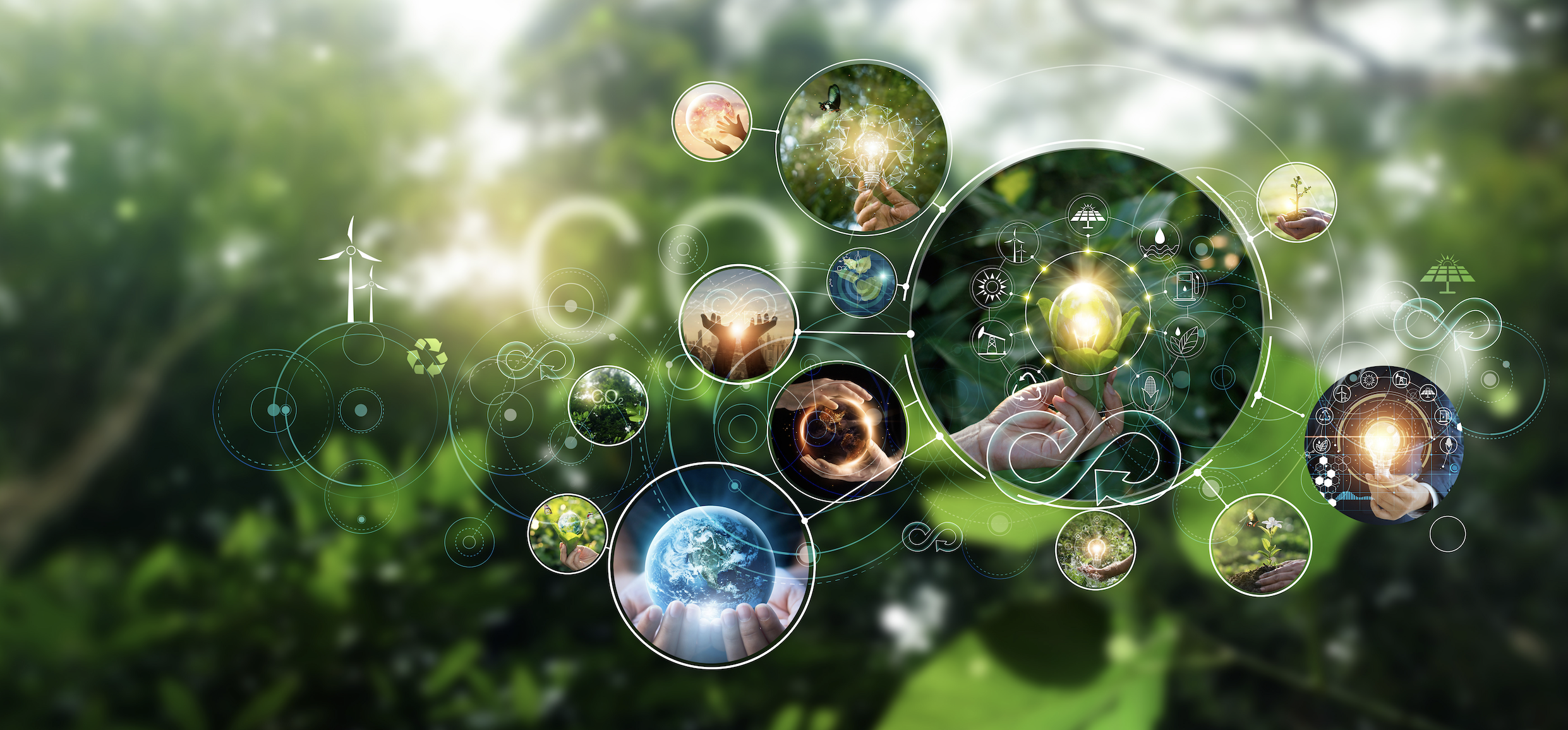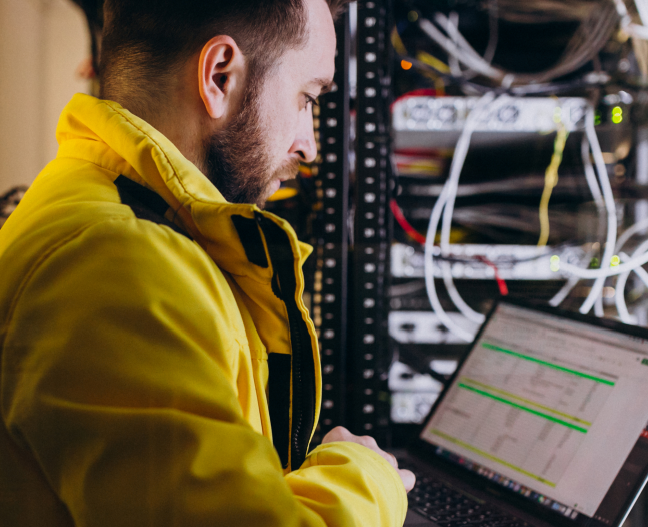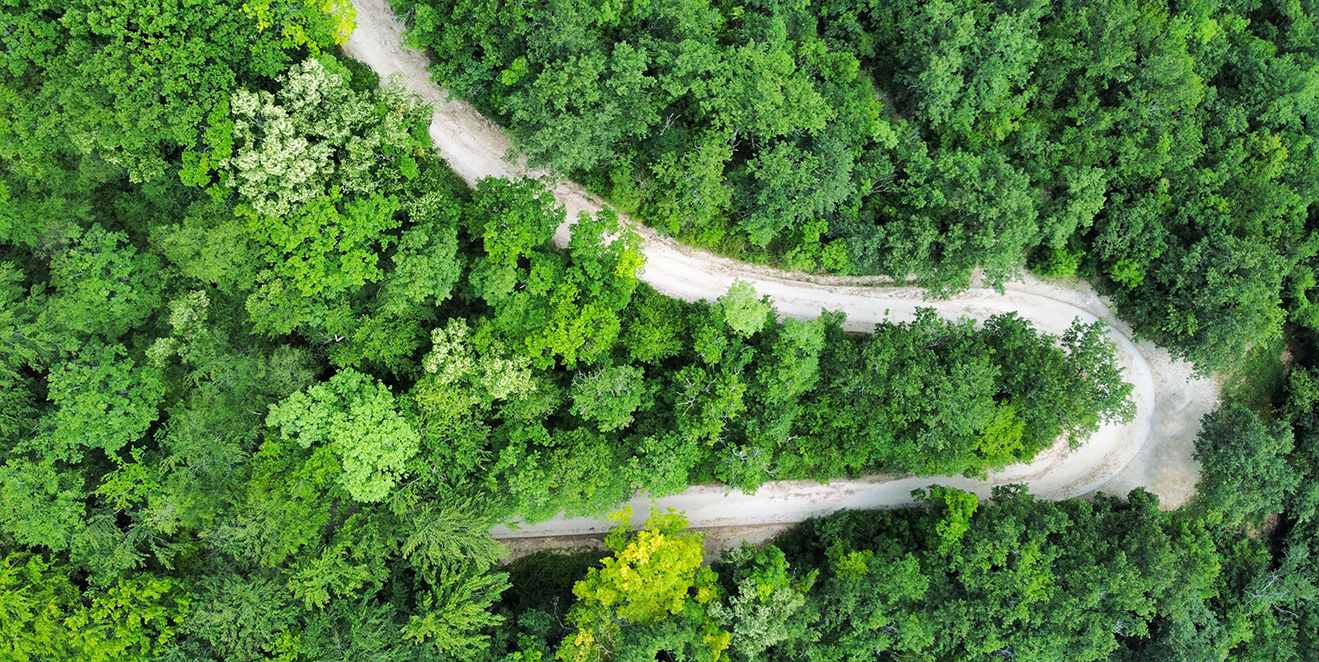HOME / WORKS
Green Energy
Renewable energy, also called (Green Energy) is energy collected from renewable resources that are naturally replenished on a human timescale.

Green Energy Types
The various types of green energy available are considered by an array of metrics like Cost, Reliability, Maintenace, Longevity, Environment, Government assistance and Economic return.
1. Solar Energy
Solar is generated from the capture of sunlight and its conversion into stored energy from photovoltaic (PV) panels and mirrors. The energy generated is stored in batteries like the Tesla batteries on offer or stored in thermal storage facilities.
2. Wind Energy
Wind energy is generated from giant wind farms that use turbine blades to collect the wind's kinetic energy, connected to a drive shaft that turns an electric generator, producing clean energy.
3. Hydro Energy
Dams collect the natural flow of moving water (rain) to generate electricity. Hydropower, or hydroelectric power, has been around for a long time; even ancient Egypt utilised hydropower methods before electricity was invented. Hydropower currently accounts for approximately 7% of total U.S. electricity generation.


4. Geothermal Energy
Geothermal energy is recurring heat generated under the earth’s surface. Underneath the second surface layer of the earth, rocks and fluids can be found as far down as its hot molten rock, magma. The crust sits on the mantle, which makes up 80% of the planet’s volume.
Thermal activity is abundant along tectonic fault lines within the earth’s crust. Geothermal extraction has the most significant potential along fault lines. However, only specific countries can generate geothermal energy due to access to these fault lines. Second, a considerable drawback of utilising geothermal energy is that other harmful gases exist beneath the earth’s surface. Some are harmful to the atmosphere, which we are trying to mitigate.
Ocean Blocks Solutions
Through strategic alignment and value discovery, organisations can ensure efficient use of green energy throughout the business.

A combination of oversight, strategic alignment, and value discovery may be required to correctly identify and enable organisations to leverage Green Energy. Every organisation has differing business processes and supply dependencies, so it is impractical to assume a single solution or strategy would be able to fit into different organisations across various sectors / industries.
The Way Forward
The use of Green Energy will become an integral part of any business as governments and countries around the world strive to curb climate impacts and move towards a more sustainable future.
Being able to identify, and action towards using Green Energy is something that could take time to identify, strategise and implement. Forward-thinking with a top-down approach is absolutely critical in ensuring that your organisation is not left scrambling whilst others have already cemented their fundamentals and have a head-start on the inevitable transition.
